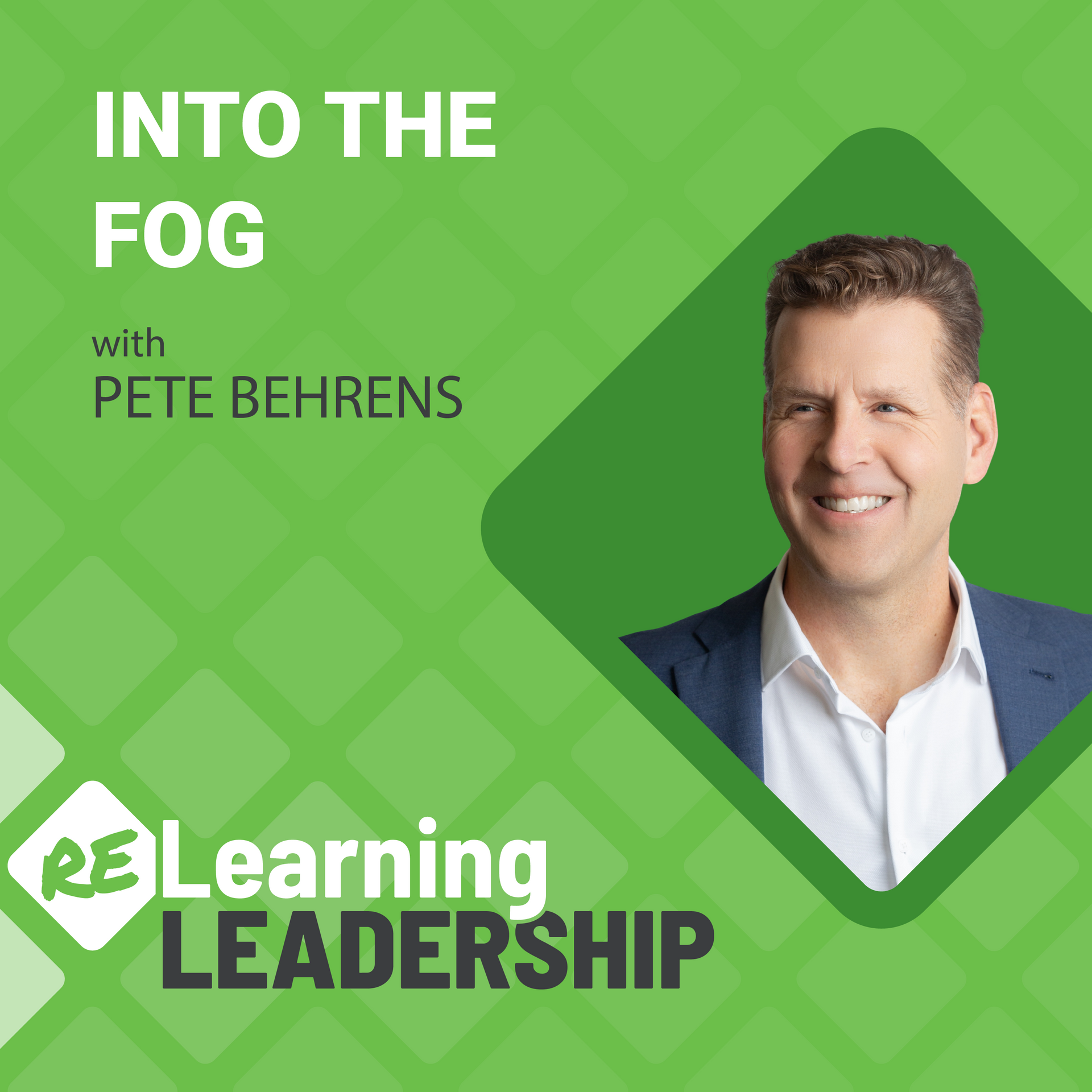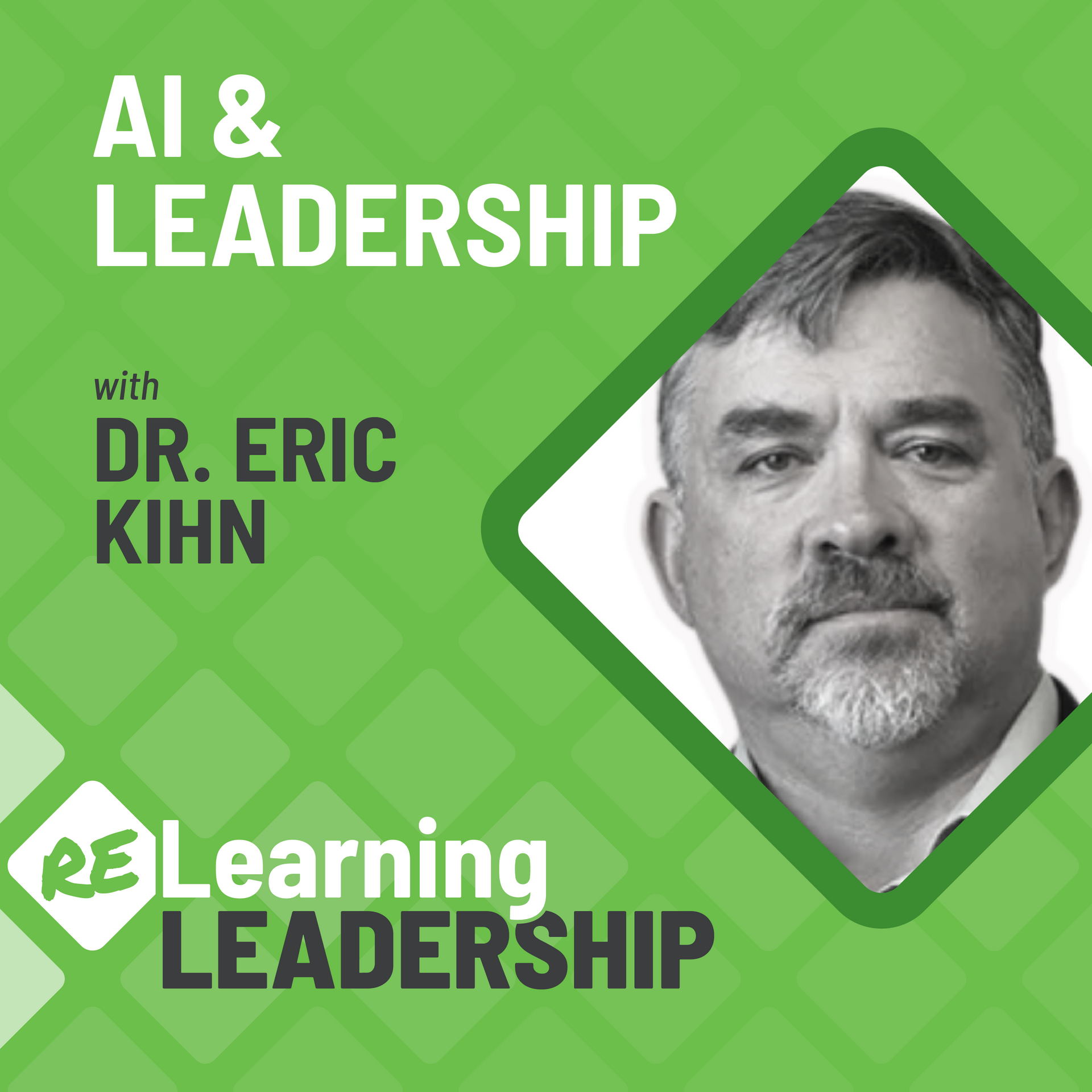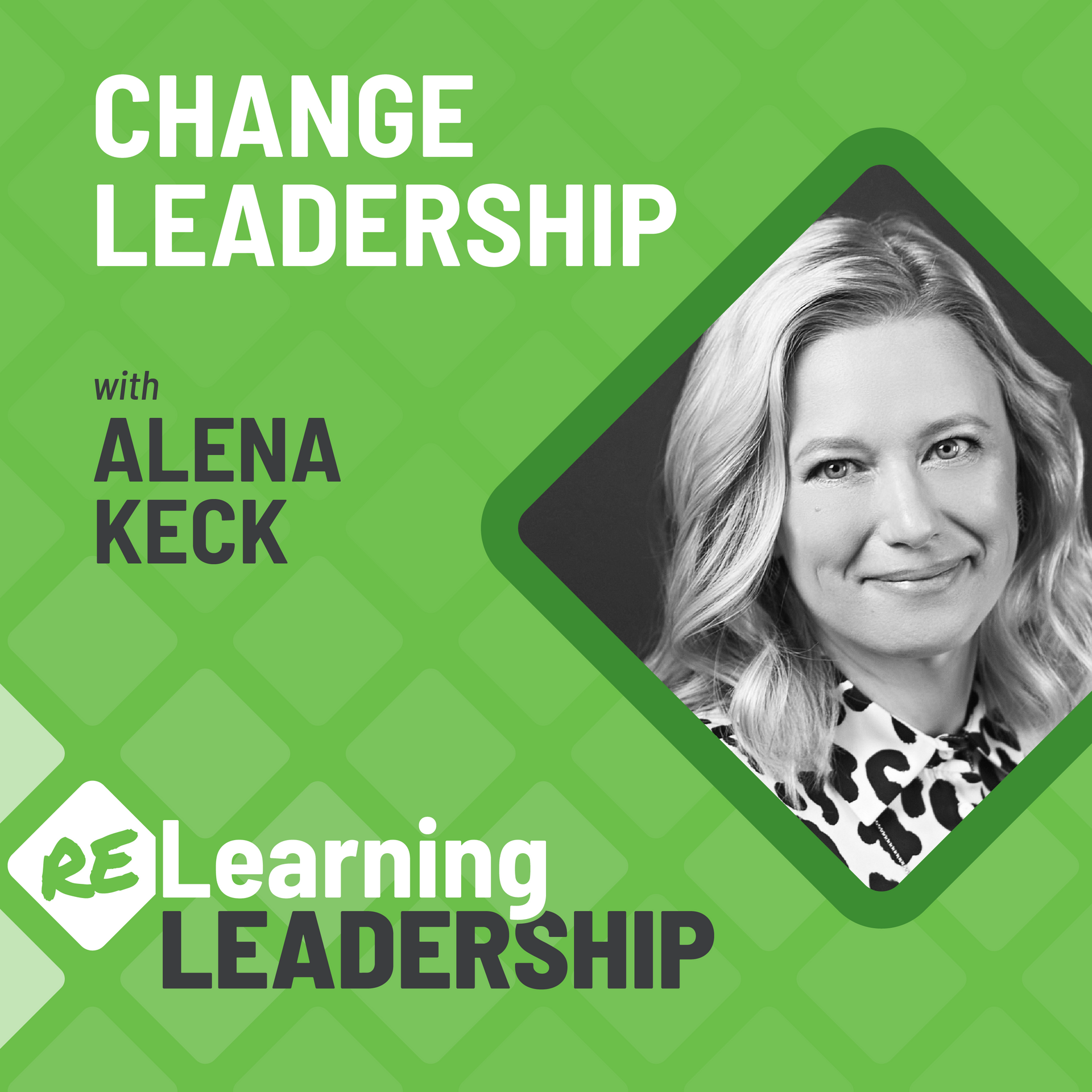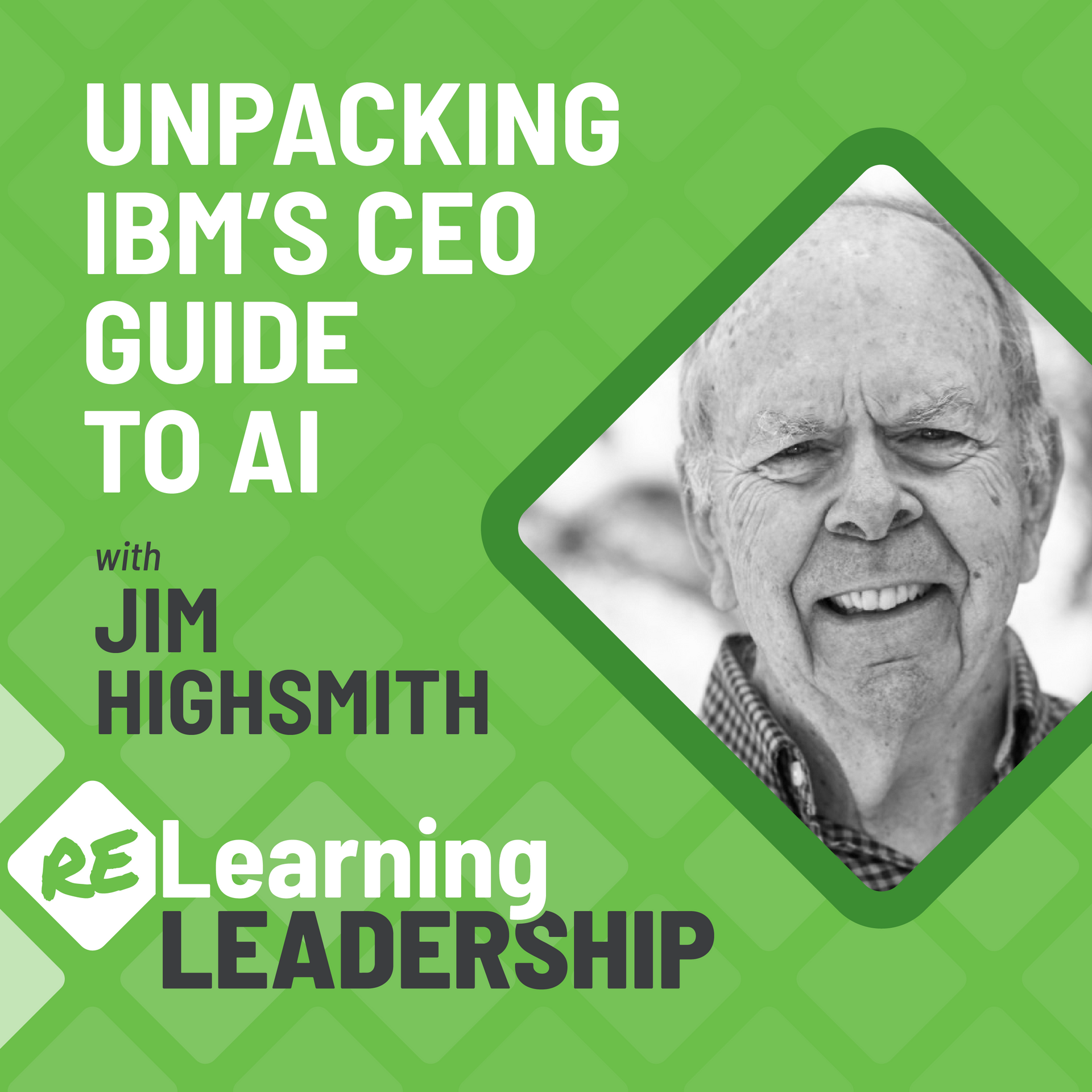33: What is a DAO?
What is a DAO?
Josh Forman, former DAO Engineering Leader and Agile Leadership Journey Guide, shares his insights and experience in leading a Decentralized Autonomous Organization (DAO)
Josh Forman, Experienced DAO Engineering Leader and Agile Leadership Journey Guide
Josh Forman has over 25 years of experience as a technology professional. For the past ten years, he has also focused on mentoring and coaching individuals and teams. Josh has a Masters in Organizational Leadership with over 20 years in humanistic psychology, based primarily on the work of Virginia Satir, a pioneer in human systems thinking.
With experience working in, and coaching others within, corporations, startups, non-profits, and more recently DAOs (decentralized organizations), Josh works with each unique situation - providing coaching, training, and facilitation that reveals new possibilities that can be applied to move individuals and organizations forward.
Connect with Josh

Relearning from this episode…
DAOs are democratically decentralized - In a decentralized autonomous organizations, there is no board of directors, no executive team, and no CEO in charge. Anybody in the community can create a change proposal to put to a vote. Change is governed by the voice of its members.
DAOs are automated through the block chain -
DAOs leverage block chain technology typically connected to cryptocurrencies to automate the spending proposals and policies.
Transitioning to a DAO may take many forms -
There is not a single path to transitioning a centralized organizational structure toward decentralized autonomous principles. DAOs are even experimenting on their own structures and governance policies to improve the next generation.
Episode Transcript
Pete Behrens:
What is a DAO, and why should it be on your radar?
Welcome to another episode of Relearning Leadership, where we explore a specific leadership challenge and break it down to help improve your leadership, your organization, and just possibly your personal life. I'm Pete Behrens, and today I'm joined by special guest Josh Forman, a former engineering lead of a DAO and one of our Agile Leadership Journey Guides. Welcome to the show, Josh!
Josh Forman:
Thank you, Pete! Pleasure to be here.
Pete Behrens:
So, let's just start out—what the heck is a D-A-O?
Josh Forman:
That's a good question, right? So, a D-A-O—those of us in the space, we called it a DAO.
Pete Behrens:
Ah, I got it wrong already! A DAO! Okay. Keep educating me!
Josh Forman:
No worries! It is D-A-O; it's definitely how it's spelled, and it is indeed an acronym. And that acronym stands for Decentralized Autonomous Organization. So, let me just give you a little bit about—what exactly does that mean? Decentralized and autonomous. Decentralized—so, a centralized company—right?—there's a central bank account. And those funds are controlled by a board of directors and an executive team, and they trickle money down through the organization. It's like command and control of the dollars. A decentralized organization—there is a treasury of funds in a crypto address. And how this money is spent is through a governance process. There is no board of directors. There is no executive team. There's no CEO in charge. Anybody in the community can create a proposal and go through the process, which takes a series of conversations, both live and in text-based forums. Ultimately, as it's refined, it goes to vote, and then anyone in the community can vote. And if it's approved by some kind of majority that's determined by the community, those funds are then allocated to be spent. And if the proposal is rejected, voted no, then nothing further happens at that point. So that's what it means to be a decentralized organization.
Now, autonomous—and there's varying levels of decentralization and also of autonomous execution, but in the ideal state of autonomous execution, these proposals are created on the blockchain. And code is included, such that if the proposal passes, the funds are automatically distributed and no central administrative actions are needed or required. No approval; it's all baked into the process.
Pete Behrens:
So, I'm hearing a couple of things here. One is—it seems that the DAO and crypto are very interrelated topics. Is that true? Can you have a DAO without the crypto element?
Josh Forman:
I haven't seen it. And that's because of this blockchain, right? The blockchain technology that enables the funds and the code and the automatic execution.
Pete Behrens:
Okay. And the other part of this I'm hearing is kind of that democratic process, right? This is about
of the people, by the people. I mean, that sounds, like, fundamental in its core. Is that a good way to put it?
Josh Forman:
Absolutely, yes. That the people who are starting these DAOs are very specifically wanting to harness the power of the collective of people and not rely on centralized control. Very much so.
Pete Behrens:
Yeah. So, is this just, you know, a message to those—the, you know, fight-the-boss kind of messages? Do you see this getting more and more popular? And if so, why? What is the draw here? What's the driver behind this?
Josh Forman:
Yeah, yeah. That's a great question. So—right?—I was with a company that was a centralized entity for many years. You're a traditional startup. We transformed to a DAO a year ago. I've been working with other organizations, both brand-newly formed DAOs and central companies that are transitioning into this DAO structure. And I'd say there's three primary things that we're looking for. There's improved innovation of what we're building. There's reduced administrative overhead—so a cut of cost to be able to move faster. And increased community participation is another really big one, that harnessing of a collective. So those three things. And at ShapeShift, the company I was with, I can say, after a year, we have absolutely seen all three of these as a result of becoming a DAO.
Pete Behrens:
So, you talk about the concept where a company—like, here's one that went from central to the DAO, the decentral. Do you see this happening in part—like, could part of an organization move into a DAO structure? Is this kind of like an all-or-nothing kind of thing?
Josh Forman:
Yeah, that's a good question. I haven't seen this happen. So, I have seen, certainly—I mentioned, like, the path to decentralization and autonomy, like how you get from here to there—that you can do iteratively. But I don't know anyone—that's the whole organization moving iteratively. I have not seen a case of a function from a central organization moving towards a DOW-like model, but the rest of it staying as it is. It would be an interesting experiment, I think.
Pete Behrens:
Yeah. You know—and is it fundamentally opposed to the entire—I mean, you know, having a partial, you know,
decentralized in a
centralized seems like it's almost antithetical. I can imagine that that top-level leader or senior leaders might be opposed or might have trouble giving up some of this kind of control. Talk to us a little bit about the challenges these DAOs are facing as they're forming or even transitioning from more of these traditional ways of working.
Josh Forman:
Yeah, yeah. For sure, I would say that the people who used to be in charge—letting go enough—you really just have to let go. And I think that there is a challenge. We all know how hard that is to do in today's society, to let go. But assuming that you can get past that, there's still multiple challenges on the regulatory uncertainty. These DAOs are taking the form of multiple different kinds of legal entities as they grapple with an unknown space of how we define ourselves. And then another really big one is self-governance, right? Self-governance is a hard problem. It's kind of like the popular musical
Hamilton.
And George Washington says to Hamilton—right?—“You think living is easy? Governing is harder.” [Laughs] You know? Governing is a real—
—and so, like, I'll give you a real world example here. It was really fascinating at ShapeShift. We were operating as a DAO. And the way it went is—multiple spending proposals were created to create functional teams to execute on. So, a product team, an engineering team to build a product, a support team. We called these workstreams. And each one of these spending proposals was put through, shepherded, championed through the process by a workstream leader. And that workstream leader was then responsible for distributing payroll and paying the bills for the tooling that the team used. So in the Spring, the market downturn happened, both crypto and traditional, but, you know, really hit crypto pretty hard. And so the whole community started talking about budget cuts. “Hey, let's control our spending right now.” A logical thing to do!
So a lot of the workstream leaders decided to take it on themselves to reduce budget, based on the sentiment and their own beliefs. And they reduced headcount, the largest expense, and as it is in a lot of software companies. So what got interesting is—when the engineering workstream leader told some of the team members, “You're let go. We're no longer going to pay you.” And they said, “You do not have the authority to not pay me.” [Laughs] And it was like—everyone just kind of went, “Whoa!”. And, you know, it created a whole community conversation. There was no CEO to go to, to say, “Hey, they're not going to let me fire them.” Right? Like, that's not a possibility here. So the community, after looking and reading through previous proposals—that authority was not explicitly defined. So those engineers indeed continued to get paid throughout that budget process, and ultimately a new proposal was created that clearly defined the roles, or more clearly defined the roles. And that ultimately was passed. And so that ambiguity won't exist going forward. But, I mean, that's just a challenge in self-governance that would not happen in a central company.
Pete Behrens:
Well, and I know—and you've shared stories in, like, our blog and some other ways on how the wisdom of the crowd can be brought together to make better decisions. To, in a sense, come up with compromise that often isn't thought through well from leadership teams. And so it sounds like this is maybe another example where allowing that team to work through and process that change and come up with a proposal that makes sense—maybe that ends up being a better outcome.
Josh Forman:
Yeah, that's a great point. And in fact, the proposal that wound up being created, that got passed, that better defined these roles, also created some additional checks and balances on the authority of the workstream leader that would not have happened if it were not for this collective wisdom of the crowd, that you speak. So, yes, absolutely. I think that's the case. So it's been very interesting.
Pete Behrens:
Yeah, yeah. So, where do things go from here? I mean, what's happening next? Where's it headed?
Josh Forman:
Yeah, yeah. Good question. I think there's three primary, kind of—well, there's a lot going on, but I think, kind of, the three themes that I'm really paying attention to is further experimentation on creating autonomous execution. Like, how we get better at removing that administrative layer so this stuff happens autonomously. Watching these organizations experiment with their paths to decentralization—right?—that's just a constantly changing landscape. And then the last is this regulatory area, what's going to happen with regulation, and will a new type of entity be defined? Will the government accept some of the ones that are currently out there? Those are three key aspects that I'm currently paying attention to.
Pete Behrens:
I always love it when we get legal and governance involved in this. To bring it down, maybe, a level, give me an example of what that looks like—is maybe one of those.
Josh Forman:
Yeah, yeah. Sure. So, on this autonomous execution side, it's very interesting—right?—building out the technology. And then also, like, the social agreements for this truly autonomous execution to take place. So there's a couple DAOs. There's one in particular called Indie DAO that's currently working on this problem. And they're actually—what's interesting is they're going beyond these, just, proposals within a DAO, and they're looking at autonomously executing contracts between organizations. So, imagine a service contract where everything is determined upfront. The deliverables are clearly defined. And the payer, the one who's receiving the services, puts money into the contract, kind of like an escrow account. And at that point forward, you do not need purchasing departments, invoices, legal clarification—it's all set; it's all coded. The work begins when the criteria is met. Funds are released, and things can just work in that way. That's an example.
Pete Behrens:
It's fascinating to see how the DAO is experimenting on the DAO itself, right? I mean—but they're all learning from each other, and they're all growing in that way, and it's fun—it's really cool to see. And maybe just—you know, for leaders out there, if you ever have an opportunity to be able to enter into one of these, just for the learning process—could be incredibly powerful. Well, Josh, I just want to say thank you for joining us today and sharing your experiences. Any final words for our listeners?
Josh Forman:
You know, the one thing I would say—you mentioned, you know, might be interesting to get involved. There's quite a few of these happening right now. A lot of them talk on Discord, which is an interesting chat mechanism. So you can always jump on there. They all have open communities and open governance calls and budget calls that anybody can jump in and participate on. So it's an open world. Come join if you are.
Pete Behrens:
Awesome. Well, thank you very much.
Josh Forman:
Thank you.
Pete Behrens:
Relearning Leadership is the official podcast of the Agile Leadership Journey, together we build better leaders. It’s hosted by me, Pete Behrens, with contributions from our global Guide community. It’s produced by Ryan Dugan. With music by Joy Zimmerman. If you enjoyed this episode, please subscribe, leave us a review, or share a comment. And visit our website,
agileleadershipjourney.com/podcast, for guest profiles, episode references, transcripts, and to explore more about your own leadership journey.
Explore:
Recent Episodes









